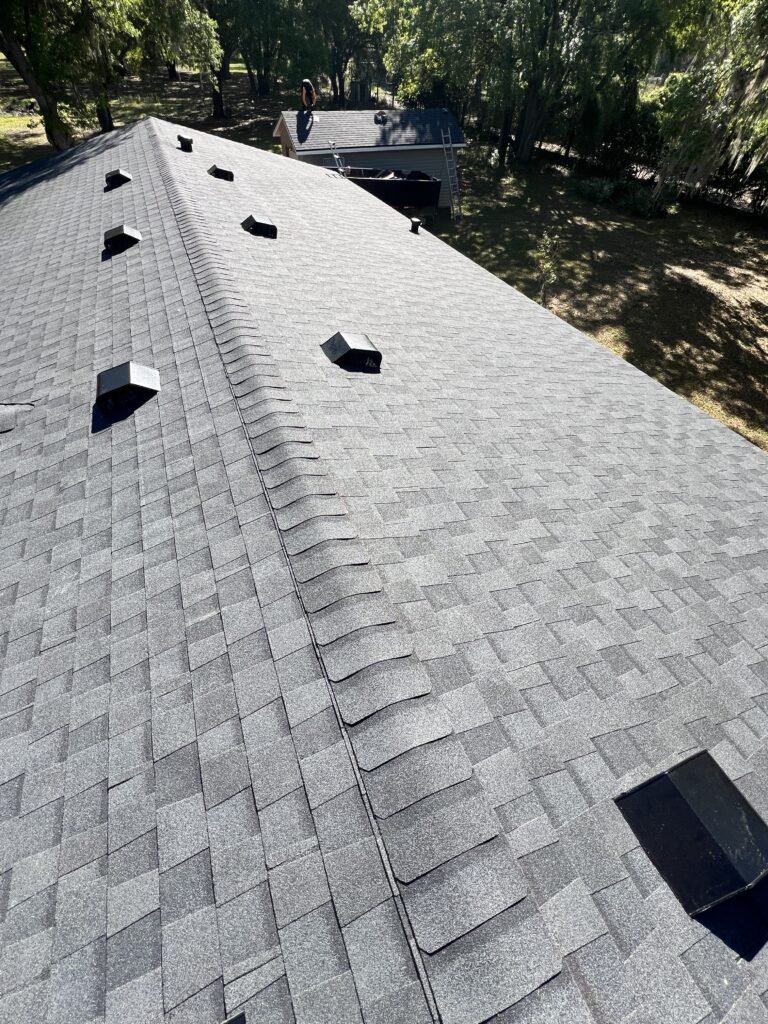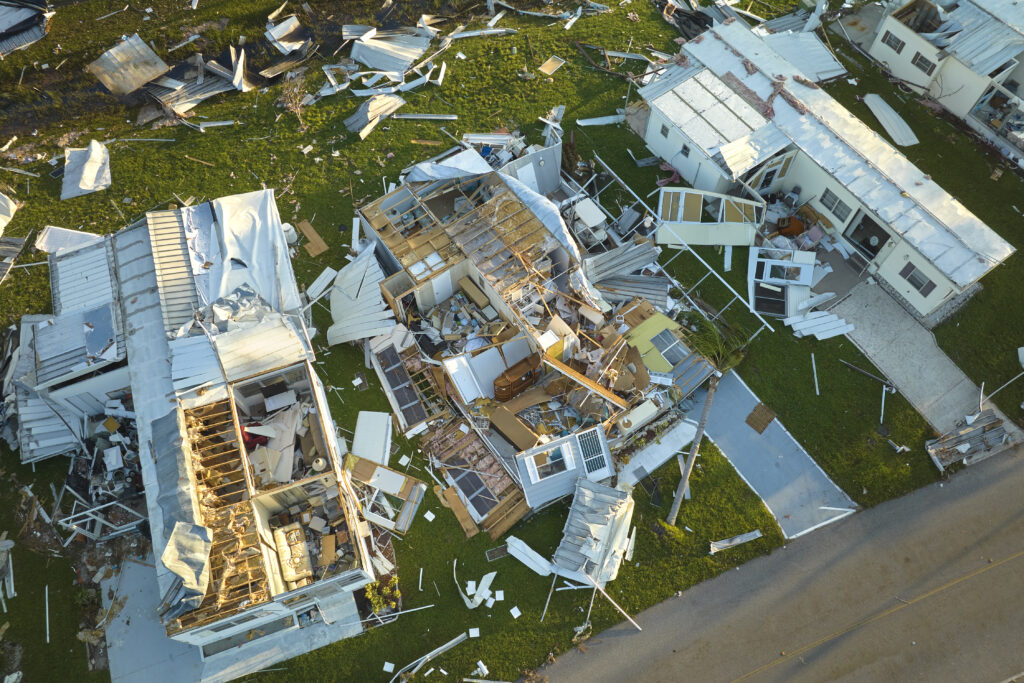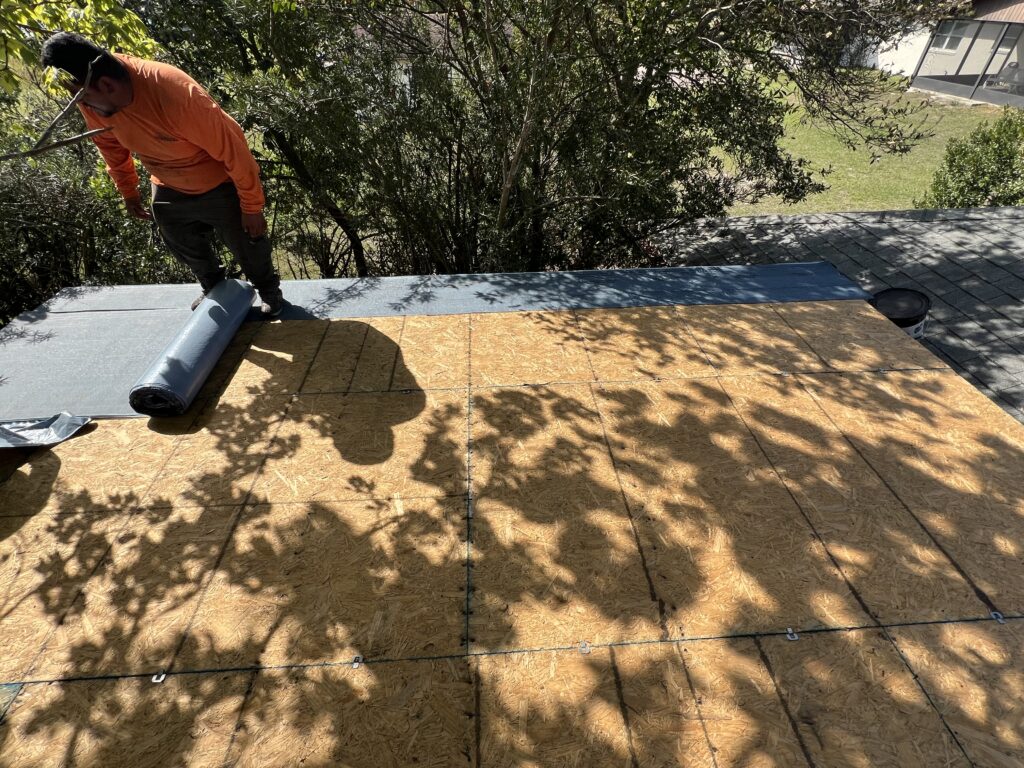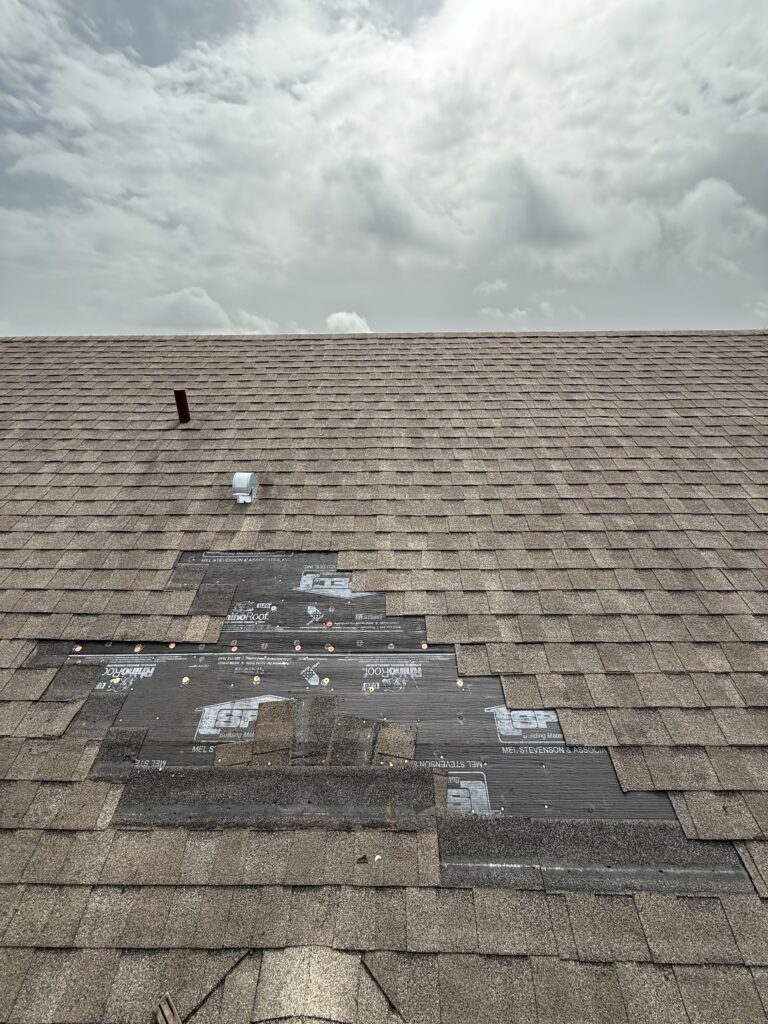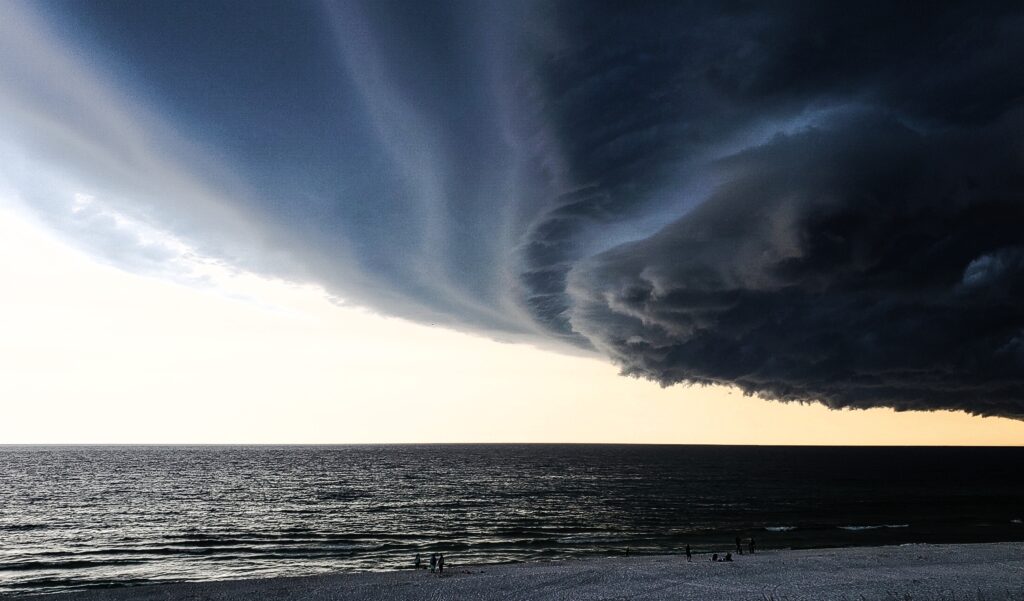Hurricane Ready: A 5-Step Guide to Preparing Your Home
Living in the beautiful state of Florida means embracing all aspects of our unique climate, including the annual reality of hurricane season. As residents, we are accustomed to tracking tropical waves, understanding storm categories, and preparing our homes for the possibility of high winds and heavy rain. In this preparation, no part of your home is more critical or more vulnerable than your roof. It is your home’s primary shield against the storm, and ensuring it is in optimal condition before a hurricane warning is issued can be the difference between a minor inconvenience and a catastrophic, costly disaster.
The time to prepare is not when a storm is already churning in the Gulf; the time is now. Proactive preparation and preventative maintenance can save you thousands of dollars in potential repairs, protect the structural integrity of your home, and provide invaluable peace of mind when the weather turns severe. This guide will walk you through five essential steps that every Florida homeowner should take to fortify their roof and ensure it is ready to withstand the challenges of the season.
The High Stakes: Why Roof Prep is Critical for Florida Homeowners
The official Atlantic hurricane season runs from June 1st to November 30th, with the peak of activity typically occurring from mid-August through October. During these months, every Florida homeowner must be vigilant. A major storm can unleash a devastating combination of forces upon your roof. The immense pressure from sustained high winds can lift and tear away shingles, while wind-driven rain can be forced into tiny, pre-existing openings, leading to widespread water intrusion. The danger is compounded by the threat of flying debris, which can puncture your roof and cause immediate, severe leaks.
The financial stakes are incredibly high. The cost to repair or replace a roof after a major storm can be astronomical, and that figure does not even include the potential cost of repairing the interior water damage to your ceilings, walls, and personal belongings. By investing a small amount of time and resources in preventative maintenance before the season, you can drastically reduce the risk of suffering this kind of damage. A well-maintained roof is not only stronger but also puts you in a much better position with your homeowner’s insurance. A documented history of proactive care can be a significant asset if you ever need to file a claim.
Step 1: Schedule a Professional Roof Inspection
The single most important step you can take to prepare for hurricane season is to schedule a professional roof inspection. A trained and experienced roofer can spot small, hidden vulnerabilities that an untrained eye would easily miss. These are the minor issues that can quickly become catastrophic failure points when subjected to the extreme stress of a hurricane. An inspection is a proactive measure that allows you to identify and address your roof’s weakest links before a storm does it for you.
During a comprehensive inspection, a professional will look for a variety of common issues that pose a significant risk in a storm. This includes identifying any loose, cracked, or missing shingles or tiles that could be easily torn away by high winds. They will pay special attention to the condition of the flashing around chimneys, vents, and skylights, as the sealant in these areas can degrade over time, creating a common entry point for wind-driven rain. They will also inspect the ridge caps and the edges of your roof, which are particularly vulnerable to wind uplift.
When you have your roof inspected, ask your contractor specific questions about its storm readiness. Inquire about the condition of the roof deck and how it is attached to your trusses, and ask if your roof has a secondary water barrier, which is a crucial layer of protection. Hiring a licensed, local roofer who is intimately familiar with Florida’s stringent, hurricane-focused building codes is your best bet. They will know exactly what to look for and can provide you with an honest assessment of your roof’s condition.
Step 2: Repair or Replace Damaged Roofing Materials
Once the inspection is complete, the next critical step is to promptly address any issues that were identified. A single damaged or missing shingle is like an open invitation for a hurricane to cause severe damage. When the wind gets ahold of that one weak point, it can create a chain reaction, peeling away entire sections of your roof. Making small repairs in the calm weather before the storm season is far easier and less expensive than dealing with a major failure in its aftermath.
Pay special attention to the most vulnerable areas of your roof. The edges, known as the eaves and rakes, and the ridge caps at the very peak of your roof bear the brunt of the wind’s uplift forces. Ensuring that these areas are secure and in excellent condition is paramount. The flashing around all roof penetrations must also be intact and properly sealed to prevent the horizontal, wind-driven rain that is so common in a hurricane from finding its way into your home.
The benefits of making these repairs early are numerous. You will have more time to schedule the work with a reputable contractor without being rushed by an approaching storm. The cost of materials and labor is also more stable during the off-season. After a major storm, the demand for roofing services skyrockets, leading to long wait times and often inflated prices. Furthermore, having a well-maintained roof and documentation of any recent repairs can be extremely helpful in ensuring compliance with your homeowner’s insurance policy.
Step 3: Clean Gutters and Downspouts
Your gutter system is an essential part of your roof’s defense against water intrusion, and its role becomes even more critical during the torrential downpours of a hurricane or tropical storm. These systems are designed to capture and channel an immense volume of water safely away from your home. If your gutters are clogged with leaves, pine needles, and other debris, they cannot perform this function.
When clogged gutters overflow during a hurricane, the water does not just spill harmlessly to the ground. It will cascade down your walls, potentially getting behind your siding, and it will back up against the edge of your roofline. This standing water can easily seep up underneath the edge of your shingles, saturating the wooden fascia boards and the underlying roof decking, which can lead to wood rot and serious leaks. It is absolutely essential to ensure that both your gutters and your downspouts are completely clear and can handle the massive volume of water produced by a storm.
While some homeowners may choose to clean their gutters themselves, it is a task that comes with the significant risk of ladder-related accidents. Hiring a professional service is often the safest and most effective choice. A professional team has the right equipment to do the job safely and can also inspect the gutters and downspouts for any damage. For homeowners in Florida with heavy tree coverage, investing in high-quality gutter guards can also be a smart, long-term solution to prevent these dangerous clogs.
Step 4: Trim Nearby Trees and Remove Debris
The dangers during a hurricane do not just come from the sky; they also come from the landscape surrounding your home. Overhanging tree branches can become powerful battering rams in high winds. They can scrape against your roof, stripping away the protective granules on your shingles, or they can snap off entirely, puncturing your roof deck and causing immediate, severe damage.
Proactive tree trimming is a critical part of your hurricane preparation. Any dead, dying, or weak branches should be removed, as they will be the first to fail in high winds. It is also wise to strategically trim back healthy branches to thin the tree’s canopy, which allows the wind to pass through it more easily and reduces the force exerted on the trunk and root system. Pay special attention to the large, heavy fronds of palm trees, which can become dangerous projectiles in a storm.
This preparation also extends to your entire yard. Any loose items, such as patio furniture, grills, potted plants, and yard decorations, should be securely stored in a garage or shed before a storm arrives. If left unsecured, these items can become airborne missiles, capable of causing significant damage not only to your own roof but also to your neighbors’ properties.
The Professional Advantage: Why Choose Clermont Roofing Inc.
Preparing your home for Florida’s hurricane season is a serious responsibility, and it is a job best handled by experienced, local professionals. For over 30 years, Clermont Roofing Inc. has been helping homeowners in our community protect their properties from the threat of severe weather. Our deep experience in Florida’s unique hurricane zone means we have an unparalleled understanding of what it takes to build, repair, and maintain a roof that can withstand the forces of a storm.
We are a fully licensed and insured, state-certified roofing contractor, and our team is intimately familiar with Florida’s stringent, hurricane-focused building codes. We pride ourselves on our customer-first policies, such as our zero deposit requirement and our robust 5-year warranty on all reroofing projects. In the chaotic aftermath of a storm, you can count on our team for a fast and professional emergency response to help secure your property and begin the recovery process. Our reputation is built on the trust of your neighbors, and we are committed to providing the highest level of service and protection for your home.
The key to protecting your home during hurricane season is proactive preparation. By taking a series of deliberate and thoughtful steps now, you can significantly reduce the risk of suffering major roof damage during a storm. The five essential steps—scheduling a professional inspection, making necessary repairs, cleaning your gutters, trimming your trees, and securing any loose items—are the foundation of a solid preparedness plan. This proactive approach is always easier, safer, and far less costly than dealing with the stress and expense of emergency repairs in the wake of a disaster.

As we move into the peak of the hurricane season, the time to act is now. We encourage all homeowners in the Clermont area to take these threats seriously and to be prepared. If you have not had your roof professionally inspected this year, or if you have any concerns about its condition, we invite you to contact the trusted local experts at Clermont Roofing Inc. Schedule your free, no-obligation inspection with our team today and gain the peace of mind that comes from knowing your home is ready.


